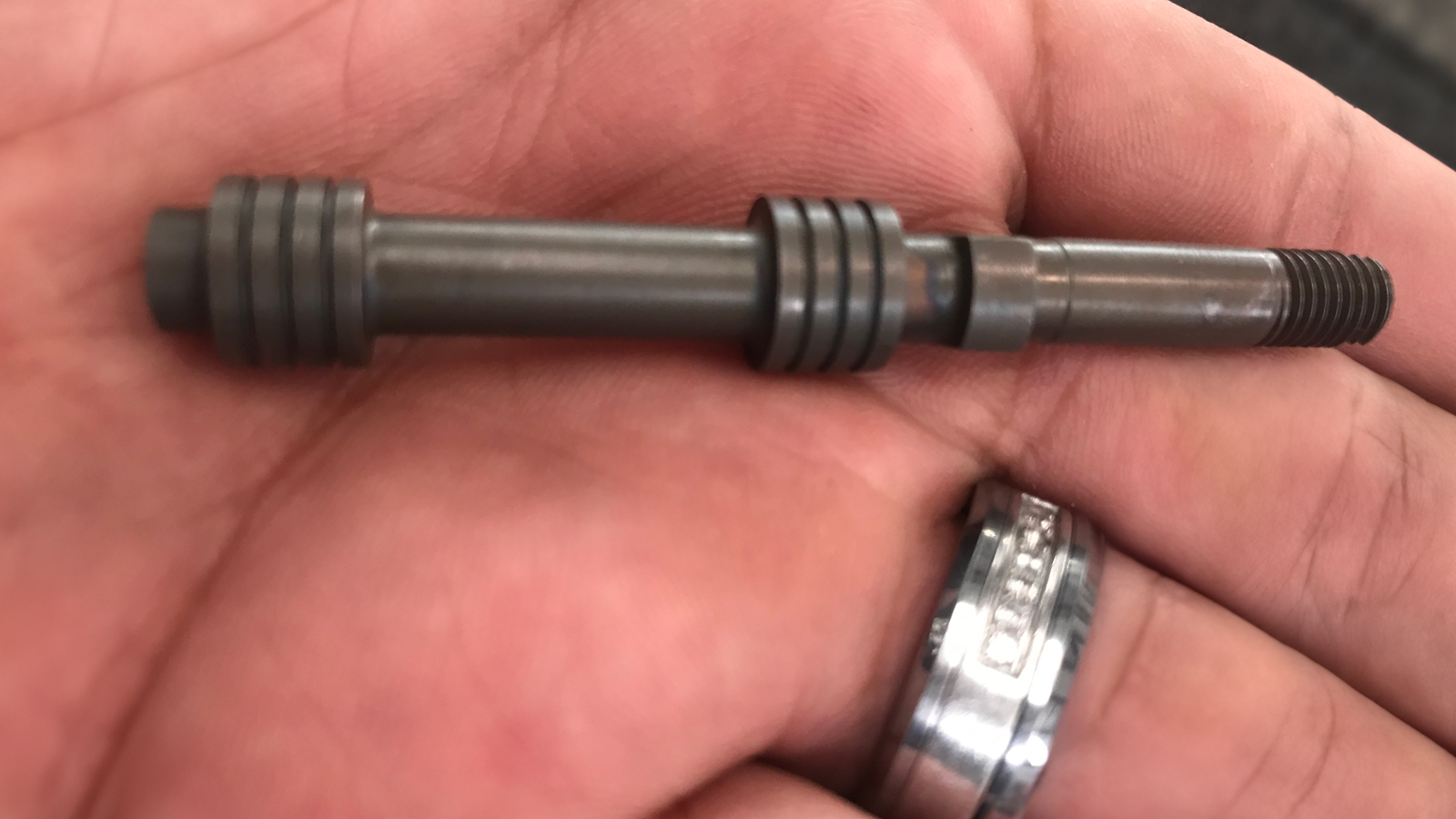Precision is the cornerstone of success in the intricate world of manufacturing and engineering. A term that perfectly encapsulates this need for exactness is "Close Tolerance Finishing." This process involves using advanced machinery and techniques to ensure that parts are produced within very tight tolerances, often within thousandths or even millionths of an inch. This article delves into the intricacies of Close Tolerance Finishing, its different terminologies, types, and its application across various industries.
Understanding Close Tolerance Finishing
Close Tolerance Finishing, also known as Precision Finishing or High-Precision Machining, is a critical process in industries where precision and reliability are paramount. It involves a combination of skilled professionals, advanced machinery, and meticulous quality control to ensure that parts meet the exact specifications.
In the context of machining, Close Tolerance Finishing involves processes like CNC machining, grinding, honing, and lapping to achieve the desired precision. For example, surface grinding creates and maintains a flat surface on a part, while cylindrical and jig grinding is used for curved, circular parts' inner or outer diameter. Honing is more precise than grinding, allowing for exceptionally tight tolerances. Lapping is used when tolerances as tight as a millionth of an inch are required.
In the context of plating, Close Tolerance Finishing refers to the application of plating to a specific thickness within a very tight tolerance range. This is important in industries like aerospace, where parts must meet exact specifications to ensure safety and performance.
Industry Applications
The Aerospace and Defense industries heavily rely on Close Tolerance Finishing. Components for these industries must be produced to precise specifications, with no room for error. The oil and gas industry also requires precision machining due to the harsh operating and environmental conditions. Components must be designed and constructed for durability and reliability; the slightest variation in shape or size could cause performance issues or unsafe situations. Precision machined components in this industry include actuating system components, bushings, connectors, fasteners, hydraulic components, pins, pump system components, sealing systems, shafts, spacers, springs, vacuum barriers, valve components, and washers.
In the manufacturing sector, Close Tolerance Finishing is a critical process in the production of parts and components. The process ensures that the parts produced are high quality and meet the specifications required for their intended use. This is particularly important in automotive, electronics, and medical devices, where precision and reliability are paramount.
Terminology
Several terms are associated with Close Tolerance Finishing, each with its specific meaning and application. Some of these include:
- Precision Machining refers to removing material from a workpiece while holding close finish tolerances.
- Fine-Tuning Tolerances: This phrase describes adjusting the tolerances in CNC machined parts to achieve the desired level of precision.
- High Precision/High-Quantity Machining: This term describes situations where a high level of precision is needed, and many parts must be produced.
- Geometric Dimensioning and Tolerancing (GD&T): This system defines and communicates engineering tolerances. It helps to ensure that the finished parts fit together as intended.
- Surface Roughness: This term refers to the texture of the surface of a machined part. It's an essential consideration in close tolerance finishing, as the surface roughness can affect the part's performance.
- Boring, Facing, Grooving: These are specific machining operations that can be part of the close tolerance finishing process.
- Ring Grooving, Valve Seat Pocket Machining, and Internal Profiling: These are specific applications of close-tolerance finishing in the oil and gas industry.
- Oil & Gas Industry Precision Machining: This term refers to applying close-tolerance finishing in the oil and gas industry.
Other terms related to "Close Tolerance Finishing" include:
- High Precision Finishing: This term describes the process of finishing a part or component to a high degree of accuracy, often to meet specific tolerances.
- Tight Tolerance Machining: This term describes machining a part or component to meet stringent tolerances.
- Precision Deburring: This term describes removing burrs (small pieces of material left on a part after machining) with high accuracy.
- Close Tolerance Plating: This term describes applying a coating to a part or component with a high degree of accuracy in terms of thickness and uniformity.
- Precision Finishing Operations: This term describes various processes used to finish a part or component to a high degree of accuracy.
- Precision Machining Services: This term describes services that involve machining parts or components to a high degree of accuracy.
- Precision Machined Parts: This term is used to describe parts or components machined to a high degree of accuracy.
Close Tolerance Finishing is critical in industries where precision and reliability are paramount. It involves a combination of skilled professionals, advanced machinery, and meticulous quality control to ensure that parts meet the exact specifications. As technology advances, the demand for Close Tolerance Finishing in aerospace, defense, oil and gas, and manufacturing is expected to grow. The future will likely see even more precise and efficient methods of achieving these tight tolerances, further pushing the boundaries of what is possible in manufacturing and engineering.
Whether referred to as Precision Finishing, High-Precision Machining, Fine-Tuning Tolerances, or any other term, the concept remains the same: achieving the highest possible level of precision in creating parts and components. This process is crucial in ensuring products' safety, performance, and reliability across various industries.
As we continue to innovate and push the boundaries of what is possible, Close Tolerance Finishing will undoubtedly play a crucial role in shaping the future of manufacturing and engineering. By understanding the importance of this process and its associated terms and applications, we can better appreciate the intricate work that goes into the products and technologies we use daily.
